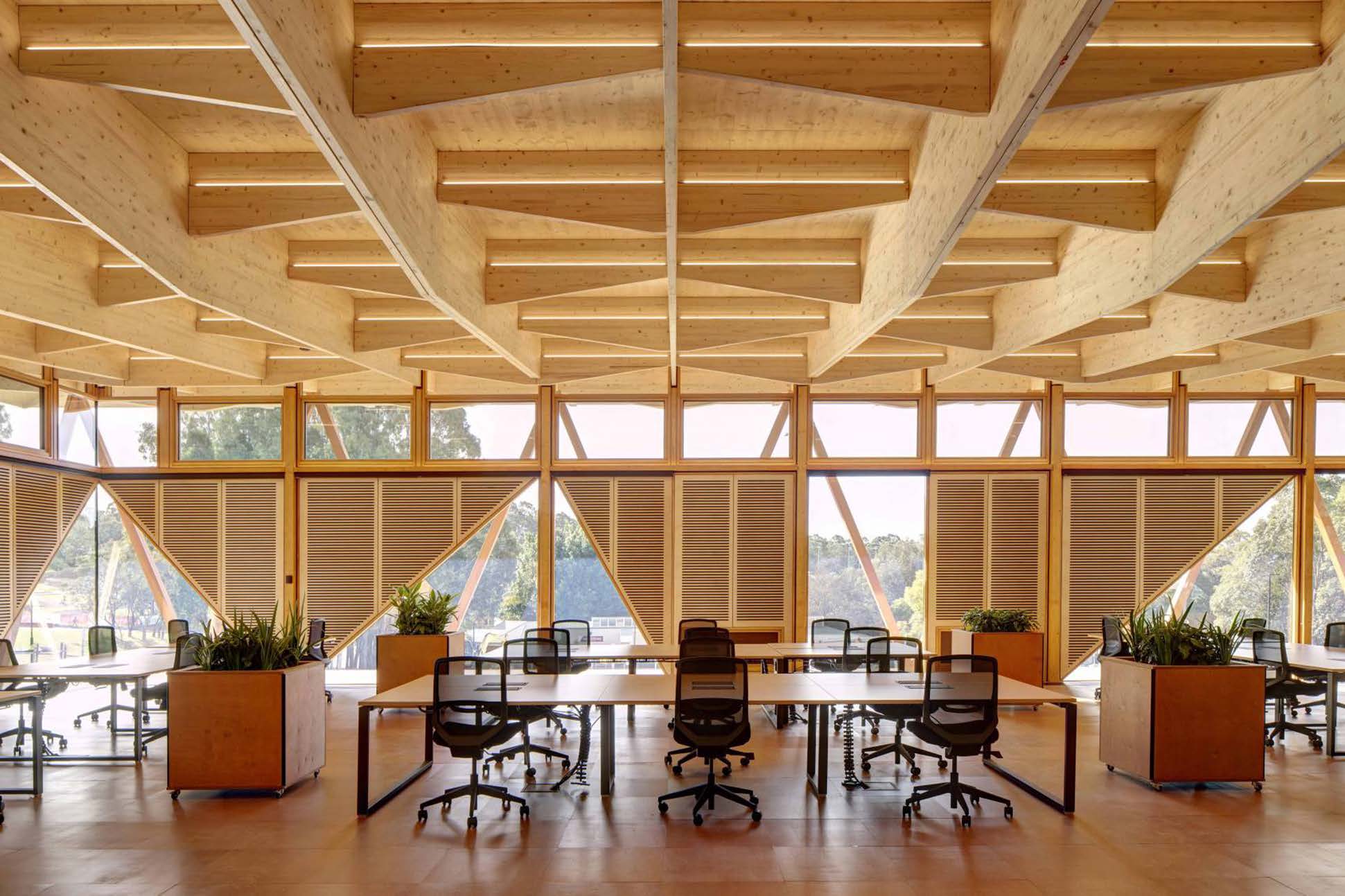 Read time: 25 minutes
Read time: 25 minutes
There has been a tendency to focus on energy efficiency measures when reducing building-related greenhouse gas (GHG) emissions – that is reducing heating, cooling, lighting and ventilation energy needs. However, the GHG emissions related to building materials and construction – known as embodied carbon – are also significant, and likely to be responsible for over half of many new buildings’ total life cycle emissions in Australia.
This note outlines what embodied carbon is, the key definitions that inform it, and documents its contribution to building GHG emissions. It presents the main frameworks, methods and data sources used for measuring embodied carbon in Australia. It concludes by documenting key strategies for the design and development team to reduce embodied carbon in practice.
This note provides information and evidence designed to support the 2021 National Standards of Competency for Architects, and the Performance Criteria concerned with embodied carbon and life cycle thinking.
Related courses
- Member Lean-in: Embodied carbon - Developments & resources
